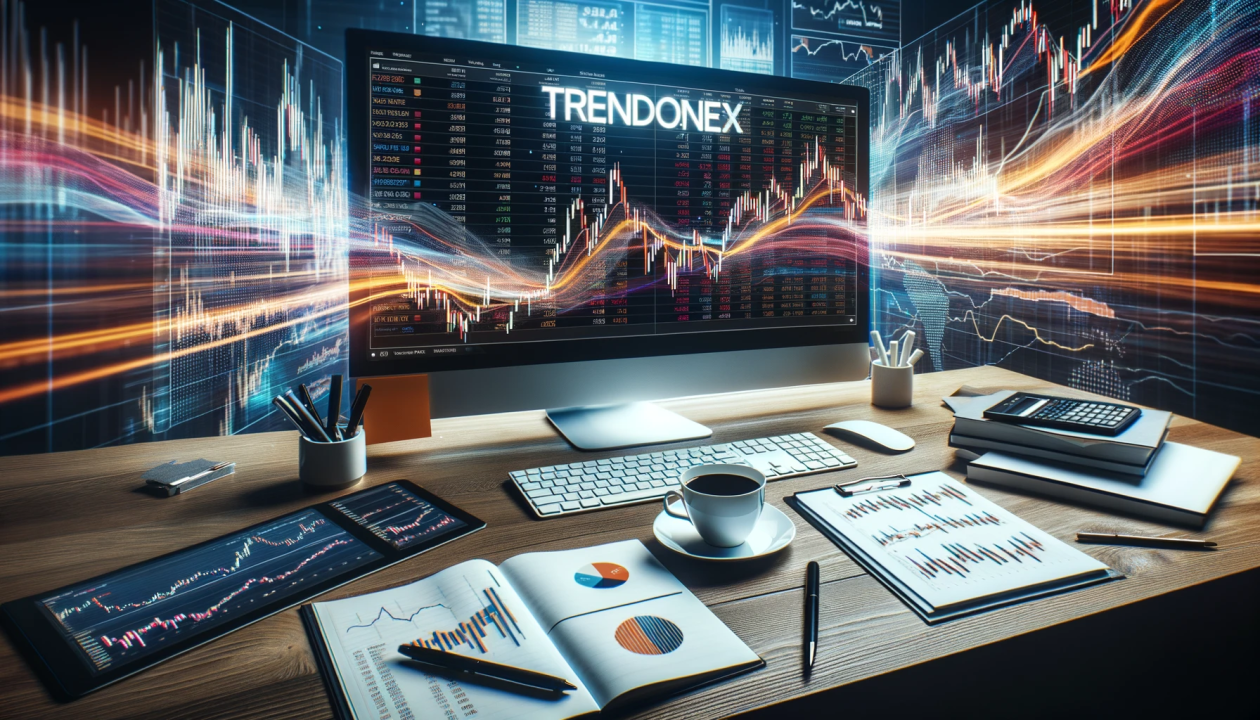Forex robot trading, also known as algorithmic trading, has revolutionized the way traders engage with financial markets. This technology, which automates trading decisions based on predefined criteria, has evolved significantly since its inception, offering traders new capabilities and efficiencies. Let’s explore the key stages of forex trading robot evolution:
1. Early Days: Emergence of Automated Systems
The concept of forex trading robot systems first gained prominence in the late 20th century with the advent of electronic trading platforms. Early systems relied on basic algorithms to execute trades automatically, often based on simple technical indicators like moving averages or stochastic oscillators.
2. Advancements in Algorithm Complexity
As computing power increased, so did the complexity of algorithms used in Forex robots. Traders began integrating more sophisticated strategies such as trend-following algorithms, pattern recognition, and even machine learning models. These advancements allowed robots to adapt to changing market conditions and improve trading performance.
3. Integration of Artificial Intelligence
The introduction of artificial intelligence (AI) marked a significant leap forward in Forex robot technology. AI-powered trading systems can analyze vast amounts of data in real-time, identify complex patterns, and make nuanced trading decisions autonomously. Machine learning algorithms enable these robots to continuously learn from market data and refine their strategies over time.
4. Rise of High-Frequency Trading (HFT)
High-frequency trading, enabled by powerful Forex robots, became prevalent in the early 21st century. These systems execute thousands of trades per second, exploiting tiny price differentials for profit. HFT robots are designed to capitalize on market inefficiencies swiftly, often operating on extremely short timeframes.
5. Cloud Computing and Accessibility
Recent years have seen Forex robot trading technology migrate to cloud-based platforms. This shift has democratized access to algorithmic trading, allowing individual traders and smaller firms to leverage sophisticated trading strategies previously available only to institutional investors.
6. Regulatory Challenges and Ethical Considerations
The rapid evolution of Forex robot trading has raised regulatory and ethical questions. Regulators must grapple with issues such as market manipulation, transparency, and the potential systemic risks posed by algorithmic trading. Ethical concerns include the fairness of market access and the impact of automated trading on market stability.
7. Future Trends: Blockchain and Decentralization
Looking ahead, emerging technologies like blockchain hold promise for further transforming Forex robot trading. Blockchain’s decentralized ledger could enhance transparency and security in trading operations, potentially mitigating some of the existing regulatory challenges.
While facing regulatory scrutiny and ethical considerations, the future holds exciting possibilities with the integration of blockchain and other cutting-edge technologies.


